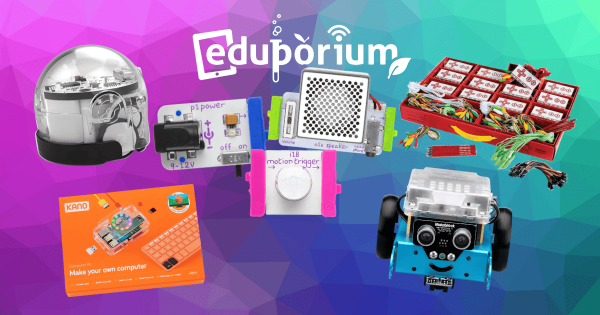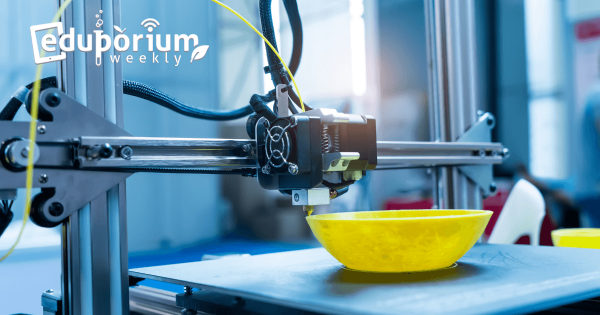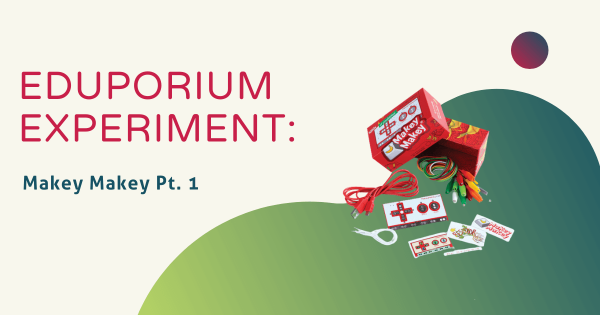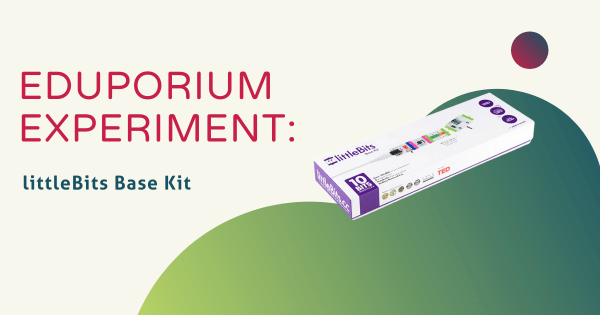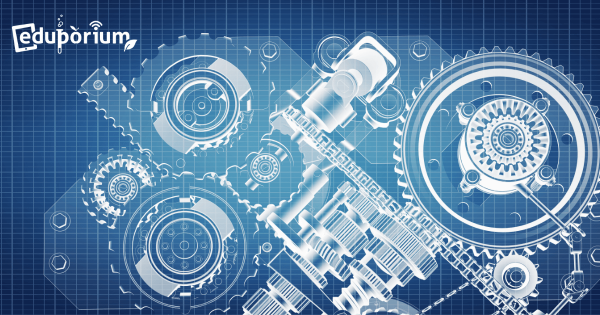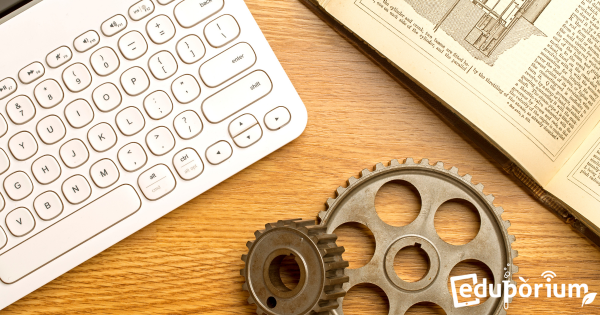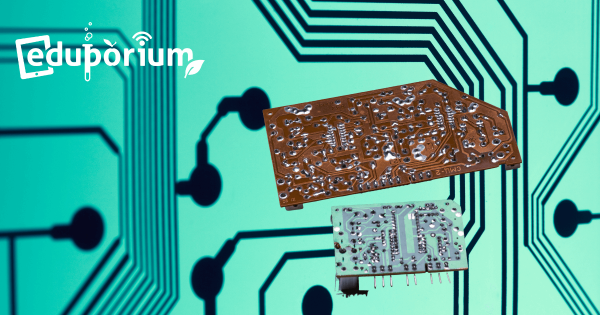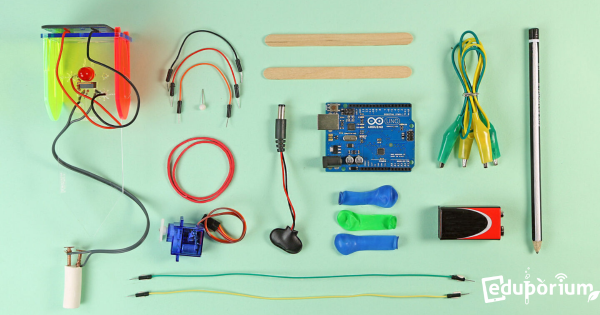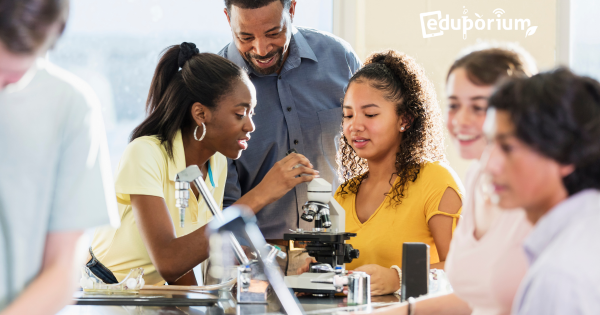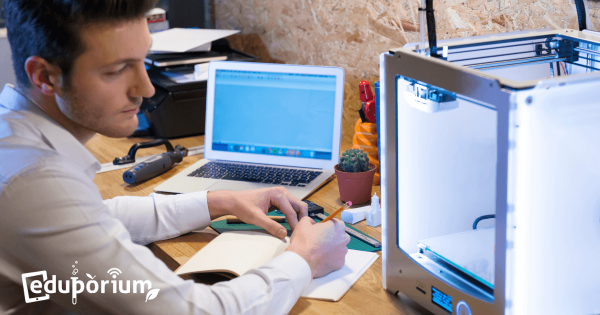Hands-on learning is taking our entire education world by storm. In almost every town and in almost every grade, instructors are ditching the lectures, ditching the desks and embarking on brand new kinds of more meaningful educational experience. And, do you know why? Because it really tends to work! Keep on reading and explore some of the best EdTech tools
Maker Ed
Maker Ed has rapidly evolved into a big and important component of 21st century learning. Born out of the culturally impactful Maker Movement, maker education involves providing students with opportunities for hands-on construction, investigation, problem solving, collaboration, and more—all with this community-centric approach. In Maker Ed, students often excel with new types of opportunities to showcase their skills or to develop new ones. With so many potential projects to work on in the classroom or in school makerspaces, adding purposeful, hands-on work to the school day is very effective and inspiring. And, more importantly for educators, there's no wrong way for them to go about introducing maker education. It can be as complex as using various advanced 3D printers or as simple as building with popsicle sticks.
Aside from the likelihood of positively impacting students, Maker Ed is also popular because of its real-world connections. Not only can children further develop key technical skills, maker opportunities also help them to bolster some top soft skills. Making typically involves a lot of collaboration and this is especially true as students move into middle or high school. With unique, fluid opportunities, kids can simultaneously work on bolstering communication, teamwork, and other soft skills in the process. Plus, whether they are using classroom 3D printers, CNC machines, or even low-tech tools, they'll grasp a better understanding on using technology for good as well. Some solid product lines across Maker Ed are 3Doodler, MakerBot, LulzBot, Glowforge, and more. With these innovative solutions, students in all grade levels can truly propel their creative acumen.
-
Eduporium Weekly | 5 Reasons To Love 3D Printing
It’s an exciting time in the 3D printing world—both in the classroom and in the industrial realm. Much of that excitement and innovation being applied in the classroom has been developed by leading tech companies and then tweaked to gel with modern education. Want to learn about a few different 3D printing technologies? Head inside for some great tips and -
Eduporium Experiment | Makey Makey Pt. 1
When I first saw the Makey Makey, I didn’t know quite what to expect. It’s supposed to be an extension of my computer’s keyboard and almost anything can be attached to it. I decided to give it a try and test out what this board could do. I followed the instructions in the box. It was daunting just looking at -
Eduporium Experiment | littleBits Base Kit
There’s a rising popularity, thanks to the Maker Movement and the increasing importance of STEM education, for educational toys. One of the best for engaging young learners while promoting creativity is littleBits—an electronic version of LEGO. Despite its intimidating appearance, littleBits is actually really simple to use. -
Eduporium Weekly | Making Moves
The Maker Movement is incredibly powerful for something that just got its (official) start only a few years back. It’s completely user-driven and becoming a cornerstone for success in the 21st century. MakerEd is a form of STEM Education that combines and embodies the spirit of acquiring necessary knowledge through hands-on trial and error. -
Eduporium Weekly | How We Can Make Making Meaningful
The constant reiteration of the importance about “STEM this” and “STEAM that” has led to the revitalization of hands-on education in many of our K-12 school systems across the country. While many of these movements—in education or otherwise—die out after their trendiness loses appeal, the Maker Movement, it appears, should be one of them that sticks around. -
NEW from Eduporium: The Circuitry Starter Bundle!
Our newly added Circuitry Starter Bundle contains EdTech tools that combine light creativity with fun DIY projects. There’s no better way to design a classroom around productive play than by packaging some of the most intuitive circuitry tools, so we’ve strategically bundled tools for teaching key concepts and making STEM learning fun! -
Get to Know Our Newest Product Line: Tech Will Save Us
The Tech Will Save Us kits combine tech-focused projects, usability and immediate satisfaction to encourage kids to experiment with a number of different DIY activities and is sure to inspire the next creative generation! There really is something for everyone—music lovers, gardeners and aspiring inventors! -
How Makerspaces Help Engage Students And Promote Creativity
Did you know how viable it is to create a makerspace for kids at your school? And did you know how easy it is? For that reason, educators across the country are beginning to rethink how and what they teach to kids in their K-12 years and many are taking a new approach that includes a much heavier emphasis on -
Map of Skills | Creating the Ideal Modern Makerspace
Erin Piazza is the Library Media Specialist at Watertown High School in Watertown, MA. Tasked with expanding the possibilities of her students’ 21st century education, Erin set out to turn her traditional, bookshelf-filled library into an innovative makerspace for her children to explore, craft and learn through hands-on activity!




